About roller derby
Roller derby is a full-contact sport on wheels, played on a flat oval track.
Each game is divided into segments of up to 2 minutes called jams.
The players
JAMMER – There is one jammer for each team on the track each jam, and they are the point scorer for their team. You can pick them out by their star helmet cover. The jammer races around the track and through the pack to score points by passing players from the opposing team. One player passed = one point. This makes them the main target for the opposing blockers!
BLOCKER – Blockers form the Pack. Their job is to stop the opposing jammer and help their own jammer through the pack. They can be both offence and defence and can change between them in heartbeat - whatever it takes!
PIVOT – The Pivot is a special kind of Blocker, marked out by a striped helmet cover. Each team will usually field one of their Blockers as a Pivot in each jam, who will mostly act as a normal Blocker but they have one special talent! The Jammer can pass the star helmet cover to the Pivot which turns the Pivot into the Jammer and point scorer.
How does a jam work?
The jam begins with the two Jammers lined up behind the jam line, and the Blockers in front of them between the jam and pivot lines.
When the whistle goes:
• the Jammers dodge and race their way through the pack and round the track
• the Blockers do all they can to hold the other team’s Jammer back, hit them out of the track, or just knock them down! At the same time they’re trying to help their own Jammer through.
The first time through the pack Jammers don’t score points. They fight to be first out of the pack without committing any penalties, to become Lead Jammer for that jam.
What is the Lead Jammer?
Lead Jammer can ‘call off the jam’ at any point by repeatedly touching their hips. This ends the jam and no more points can be scored. This can be a huge tactical advantage – for example, the Jammer can try to get as many points as possible and stop the jam before the opponent scores.
How do I know who is Lead Jammer?
The jam Referee blows two short whistle blasts and points at the Lead Jammer whilst making an L signal with the other hand (held directly upwards). The ref points to the lead jammer for the rest of the jam, so just watch where the Referee’s pointing!
What if there’s no Lead Jammer?
Sometimes both jammers are ineligible for lead and there is no lead jammer. The jam will run for the full two minutes and both jammers score as many points as they can in that time.
Once a jammer gets out of the pack they must race back round to lap opposing blockers and score points.
Jammers can earn 4 points for each complete pass through the pack.
The jammer get points for any opposing blockers in the penalty box once awarded an initial point for that pass. A good incentive to stay out of the box!
What do the blockers do?
A jammer is only as good as their blockers. They make up the pack and the jammer relies on them to hold back the opposing jammer whilst helping to create spaces for their own jammer to move through.
Defence
Blockers can stop the opposing jammer by:
forming walls or skating in front to hold them back
hitting out of bounds (off the track), forcing the jammer to re-enter behind them
knocking the jammer over
Offence
Blockers can help their jammer get through the pack by:
breaking up opposing walls
making spaces for their Jammer
distracting or impeding opposing Blockers
hitting opposing blockers out of bounds
or otherwise causing mayhem and trying to disrupt the other team’s tactics.
Referees and NSOs
The referees skate around the inside and outside of the track keeping a close eye on what’s going on. They count the points scored by each jammer and call any penalties committed by the players, sending them to the penalty box. There are 7 referees in total, two jammer refs (one for each of the jammers) with the other 5 watching the pack.
The NSOs (Non-Skating Officials) work closely with the referees, recording the score and penalties committed, timing skaters’ penalty time in the box etc.
Our refs and NSOs are very important to the League and hugely appreciated – without them we couldn’t play!
This sounds great! I want to see a game.
We have regular home and away games throughout the year! Check out our events and we'll see you there!
This sounds so great! I want to play!
Excellent! We are able to teach you through our newbie programme, which delivers training and instruction on all the skills needed to play roller derby!







